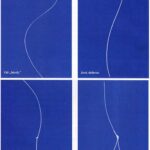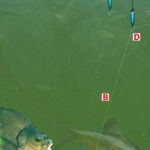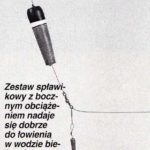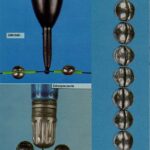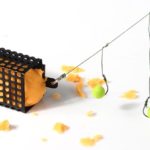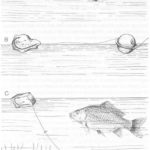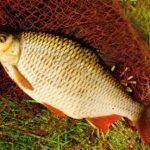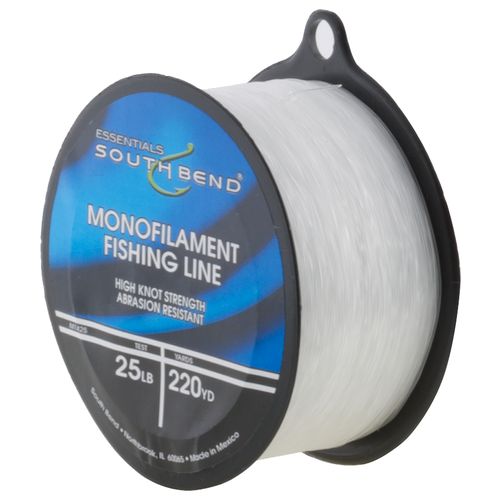 Najsłabszym elementem zestawu wędkowego jest żyłka. Pełni ona funkcję łącznika między wędziskiem a rybą. Efektywność tego połączenia zależy bezpośrednio od jego czułości, stąd powszechna tendencja do używania żyłek, jeżeli to możliwe, cienkich i tym samym delikatnych. Konsekwentne przestrzeganie zasady doboru możliwie delikatnej żyłki przynosi wiele korzyści, m. in.: łowienie takimi żyłkami daje o wiele więcej zadowolenia, a i rezultaty są niezłe. Dlatego też przy wyborze żyłki trzeba ją dokładnie obejrzeć ze wszystkich stron: należy zorientować się, jaki jest jej przekrój, właściwości mechaniczne, sprężystość i wytrzymałość na węzłach.
Najsłabszym elementem zestawu wędkowego jest żyłka. Pełni ona funkcję łącznika między wędziskiem a rybą. Efektywność tego połączenia zależy bezpośrednio od jego czułości, stąd powszechna tendencja do używania żyłek, jeżeli to możliwe, cienkich i tym samym delikatnych. Konsekwentne przestrzeganie zasady doboru możliwie delikatnej żyłki przynosi wiele korzyści, m. in.: łowienie takimi żyłkami daje o wiele więcej zadowolenia, a i rezultaty są niezłe. Dlatego też przy wyborze żyłki trzeba ją dokładnie obejrzeć ze wszystkich stron: należy zorientować się, jaki jest jej przekrój, właściwości mechaniczne, sprężystość i wytrzymałość na węzłach.
Wspólnym mianownikiem dla całego asortymentu produkowanych żyłek jest ten sam materiał wyjściowy (poliamid 6 lub modyfikowany poliamid 6) oraz zasadniczo podobny proces technologiczny. Producenci wszystkich czynią starania o polepszenie właściwości fizycznych i mechanicznych żyłek, zwłaszcza wytrzymałości (przede wszystkim na węzłach), miękkości, sprężystości i barwy. Polepszenie wszystkich wskaźników w jednym wyrobie jest jednak problematyczne, wybiera się więc wyjście polegające na produkcji wielu typów – każdy z nich ma poprawioną tylko pewną cechę. Dzięki temu handel oferuje wiele specjalistycznych typów żyłek przeznaczonych do połowów o różnym charakterze (twarde, ekstra twarde, miękkie).
Na etykietach szpul żyłek podaje się tylko skąpe dane określające grubość (ją również należy traktować z rezerwą, często bywa większa) oraz wytrzymałość w kilogramach (określenie wartości obciążenia w kg przy prostopadłym do przekroju obciążeniu na długości 1 m). Przydatność powyższych danych jest co najmniej ograniczona, ponieważ odnoszą się do warunków „suchych”. Żyłka poliamidowa, nawet jeżeli laikowi wyda się to dziwne, absorbuje wodę, co bardzo niekorzystnie wpływa na niektóre jej właściwości mechaniczne. Staje się bardziej rozciągliwa, bardziej miękka, a po dłuższym oddziaływaniu wody jej wytrzymałość może ulec obniżeniu nawet o 20 %.
